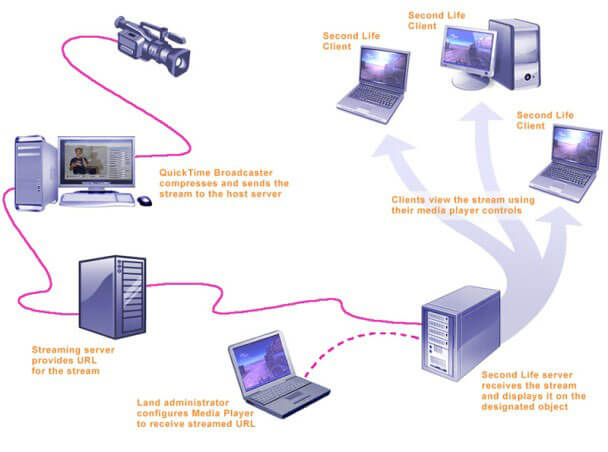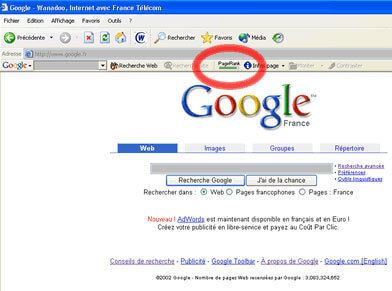What is ‘Tweeting’?
Tweeting is for the website twitter.com. It is a very popular website. When you “tweet” on Twitter you are simply updating what you are doing which can be helpful to friends, family, and even co-workers.
Tweeting is what you write what you are doing in the box. Just like when you talk; you are talking.
When a Twitter user posts an update to their Twitter account, that update is often referred to as a “tweet” and the user is said to have “tweeted”. A tweet can be used as a noun, referring to the actually written update, or a verb, referring to the action of publishing an update....


